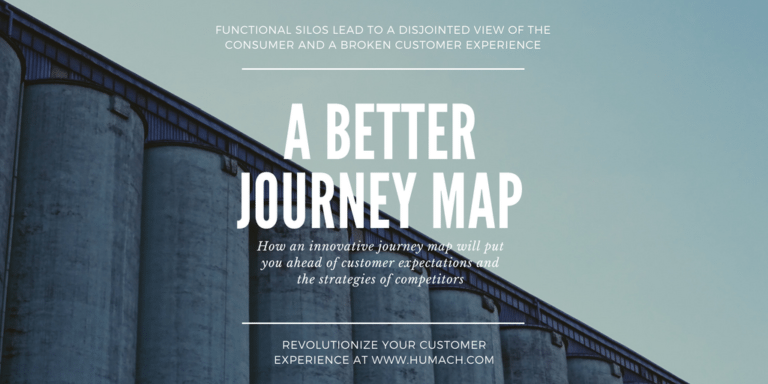You’d think we’d be done with this by now. You’d think in 2018, this issue would have been a distant memory that we could look back on and laugh about.
Unfortunately, that is not the case.
Functional silos remain the main enemy of customer experience. Each business sector usually takes charge of their own version of CX and implements solutions based around that, regardless of what other areas of the business use. This leads to a disjointed view of the customer internally, and a broken experience for the customer with every interaction.
We actually wrote an entire ebook on this very subject, which you can find here.
The answer to this problem is simple, right? Well, not really. When it comes to corporate interactions, there is usually a sense of territory, and many people in operations, sales, marketing, IT, etc. are hesitant to adopt any sort of customer experience solution without seeing how it will help their department specifically. So, how can you do that?
Channel Lewis & Clark
It’s nearly impossible to know where to begin if you don’t know what you’re starting with. You might think you know where the gaps are between silos, but without and evaluation you might not know if you’re even measuring the right metrics, or how your customers are even interacting with you.
This is where a customer journey map comes in. A Journey Map is a start to finish evaluation of your customers’ lifecycle, going over every touchpoint they could possibly have with your business. This process will expose gaps in your strategy, illuminate which metrics are truly important, and present opportunities for innovation that can lead to more revenue, better customer experience, and reduced labor.
A typical mapping process will involve gathering multiple stakeholders for in-depth discussions about every aspect of your business. At the end of that evaluation, and after some serious investment, you’ll be given the customer flow from start to finish with a few recommendations about what to do.
What other, savvier businesses do (like we do at Humach) is turn the process into a workshop with minimal disruption of your day to day business. By speaking with stakeholders, as well as operators from every level of each department, these companies can get a true sense of not only what happens to the customer at each step of the journey, but also what it takes internally to meet and exceed those demands throughout the customer lifecycle. This gives you a full spectrum look at every aspect of CX for customers and employees, leading to more informed decisions about the necessary steps to take to alleviate any sticking points along the path.
Additionally, Humach recommends solutions that alleviates issues in problem areas and focuses on creating a customer experience your consumers expect with results your business needs. Combining our vetted network of technology providers along with our trained, skilled agents, we lay out the framework for you to fill in the gaps within 3-6 months through technology enablement. While most journey mapping partners only provide a few recommendations with no guidance on how to actually follow them, we provide a clear path to success and collaborate with you on your customer engagement strategy to find the best way to reach your goals. We go beyond simply mapping and help you develop a customer journey management practice, so you can be ahead of your competitors and your customers.
Always Be Checking
Getting a journey map evaluation done is only the beginning. This is not a “one and done” type of engagement. With the repaid evolution of technology, the way your customers do business with you is always changing, and what they want today can be drastically different from what they want in a year. You must be diligent in communicating with each functional area to ensure that a feedback loop is guiding your strategic decisions. After the initial map is complete, this process will enable you to refine your journey management in real-time and be proactive in addressing possible sticking points for customers and employees.
When it comes to your customers, you can never spend too much time. Your customer experience and the mass perception of your brand is now the most effective way to drive business. If you don’t properly update your customer journey management strategy, you might find yourself in the same position as someone like Toys R Us.
Want to start the mapping process for your company? Let’s chat.


